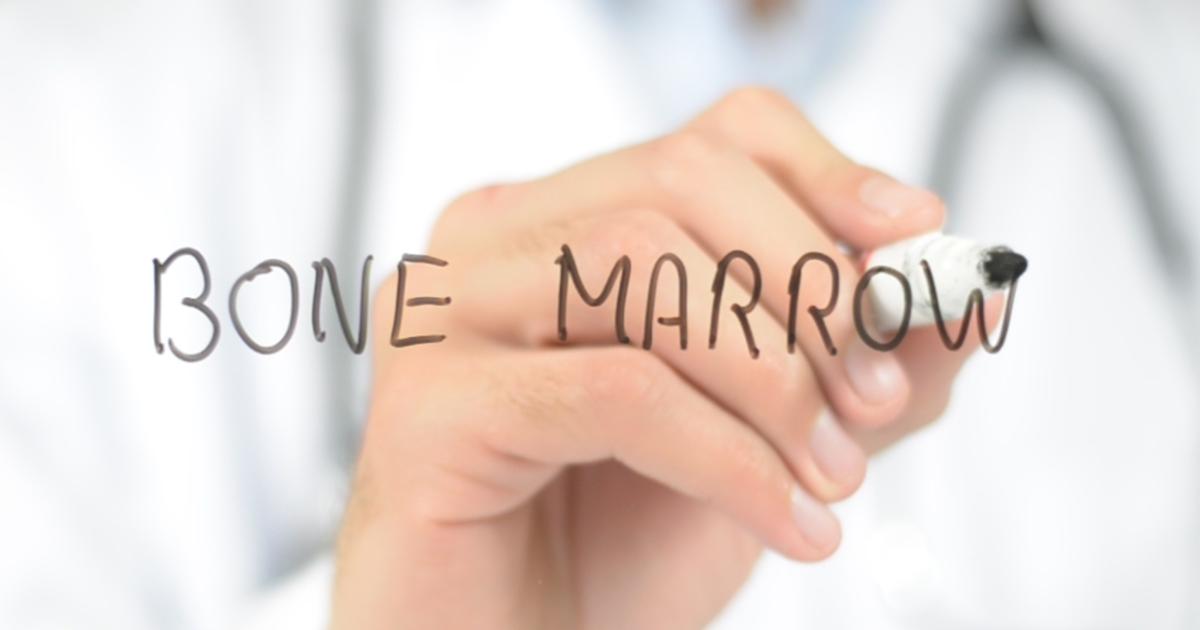Guide To Making A Bone Marrow Donation
Bone marrow is a spongy substance that fills the inside of the bones. Yellow bone marrow helps the body with fat storage, and red bone marrow aids in the production of several types of blood cells, including both red and white blood cells and platelets. In fact, red bone marrow helps produce over 200 billion new blood cells per day. As children grow, red bone marrow is slowly replaced with yellow bone marrow, and yellow bone marrow makes up the majority of an adult's total bone marrow. In adults, red bone marrow can still be found in some areas, including the pelvis, femur, tibia, humerus, sternum, ribs, and skull. Patients with leukemia, aplastic anemia, and myeloproliferative disorders often experience issues with normal bone marrow function, and these individuals may need a bone marrow transplant as part of their treatment.
The guide below discusses the importance of bone marrow donation and provides information on the donation process and the recovery period.
Why Donate Bone Marrow

Bone marrow transplants are life-saving procedures for many patients with blood cancer. To receive a transplant, a patient must be successfully matched with a donor who has the same human leukocyte antigen (HLA) type. This matching is necessary to reduce the risk of graft vs. host disease, a potential complication. Currently, only thirty percent of patients in need of a transplant can find a match within their immediate family. The remaining seventy percent of patients depend on donors from the nationwide bone marrow donor registry to find a match. In 2016, an estimated fourteen thousand Americans needed a bone marrow donor from outside of their family, and roughly fifty percent of those patients were able to be successfully matched. The remaining fifty percent were unable to find a donor. Choosing to join the national registry of bone marrow donors could enable more patients to be successfully matched and receive a potentially life-saving transplant.
Get the details on how matches are determined next.
How Matches Are Determined

Potential donors can join the bone marrow registry with a painless swab of the inside of the cheek. All swabs are tested for HLA markers at the time of registration. When a patient is in need of a bone marrow transplant and cannot get one from an immediate family member, the patient's doctor selects several individuals from the national registry who have the same HLA markers as the patient. These potential donors then have blood tests to determine which individual is the closest match for the patient. In cases where there are multiple close matches for the patient, doctors consider each potential donor's overall health to choose the most appropriate match. All potential donors have a physical exam to check for potential health conditions that could affect donation, including diabetes, cancer, and cardiovascular disease. Patients with certain heart conditions and cancers may not be permitted to donate bone marrow. Individuals with diabetes that requires insulin or injections will not be allowed to donate, but those whose diabetes is controlled with oral medication can donate. While patients with well-controlled irregular heartbeats or mitral valve prolapse could be permitted to donate, individuals who have had a heart attack or surgical procedures such as heart valve replacement, cardiac bypass, angioplasty, or pacemaker implantation will not be able to donate. Each potential donor's health will be evaluated on a case-by-case basis during the selection process.
Learn about how to prepare for a bone marrow donation next.
Preparing For A Bone Marrow Donation

Once a donor has been confirmed, the preparation process will depend on the exact type of donation that is to be made. Doctors will choose the donation method most appropriate for the patient's needs. Currently, a bone marrow donation method known as peripheral blood stem cell collection is the most commonly used donation method. To prepare for this type of donation, donors are given daily injections for the five days immediately before the donation itself. The injections usually contain filgrastim, a medicine that increases the number of blood-forming cells in the donor's bloodstream. Some donors may also need to receive injections of granulocyte colony-stimulating factor (G-CSF) to stimulate the growth of white blood cells. As with filgrastim injections, the G-CSF injections are given over the five-day period that precedes the donation. Each G-CSF injection takes approximately five minutes to complete. Bone marrow harvest procedures are completed with general anesthesia. To prepare for this donation method, donors may need to have pre-op tests such as bloodwork and an electrocardiogram to ensure they are healthy enough for surgery. It may be necessary to stop taking certain medicines a few days or weeks before the operation.
Learn more about how the procedure works now.
How The Procedure Works

During peripheral blood stem cell collection, a needle is placed in each of the patient's arms. The needles are connected to tubes. The first tube removes blood from the patient and transports it into a machine that separates different types of blood-forming cells. After passing through the machine, the blood is returned to the patient through the second tube. The entire process takes around three hours, and donors may need to return on a second day to repeat the procedure. Patients might feel some discomfort while needles are placed, and headaches and bone tenderness are other potential side effects. Individuals who are donating bone marrow through a bone marrow harvest will have an operation under general anesthesia. During the operation, doctors will use needles to withdraw liquid marrow from the back of the patient's pelvic bone. Donors are normally able to go home on the same day. Patients may experience headaches, nausea, and fatigue due to the anesthesia, and temporary bruising and soreness in the lower back are common.
Discover what recovery from a donation looks like next.
What Recovery Looks Like

Every patient's recovery will look slightly different depending on overall health at the time of donation and the particular donation method used. Generally, patients recovering from a peripheral blood stem cell collection donation can expect to return to work, school, and daily activities within one to seven days after donation. Individuals who have donated via a bone marrow harvest have a median recovery period of twenty days, and seventy percent of these patients fully recover within thirty days of the procedure. Ninety-seven percent of bone marrow harvest donors are fully recovered within 180 days. During the recovery period, patients are followed closely by the team that carried out the donation and the team at the national donor registry. Donors should let their team know about any pain or issues with returning to regular activities.